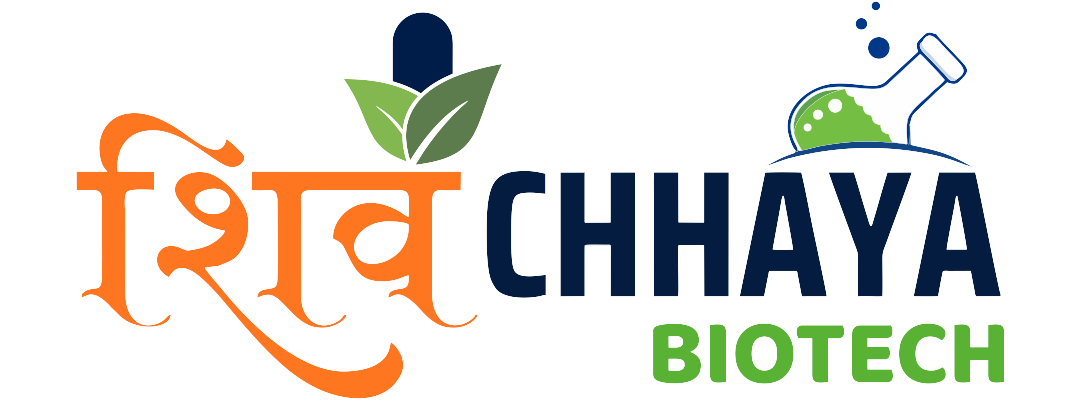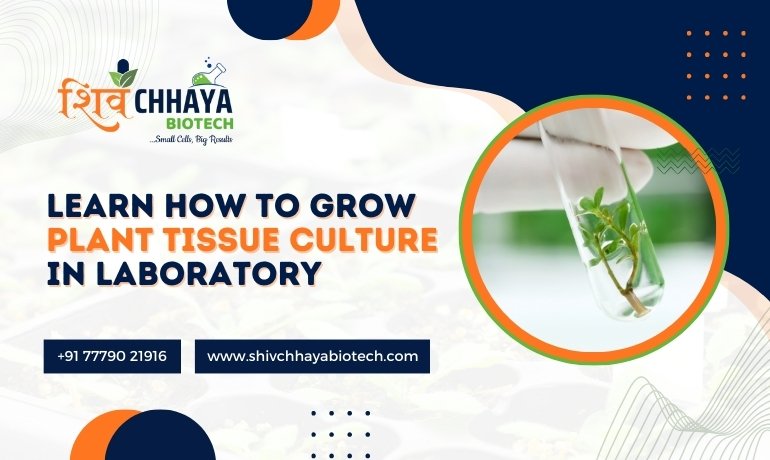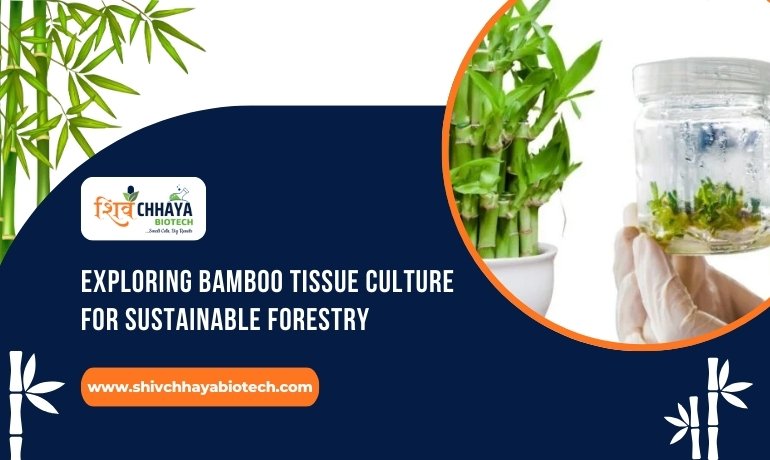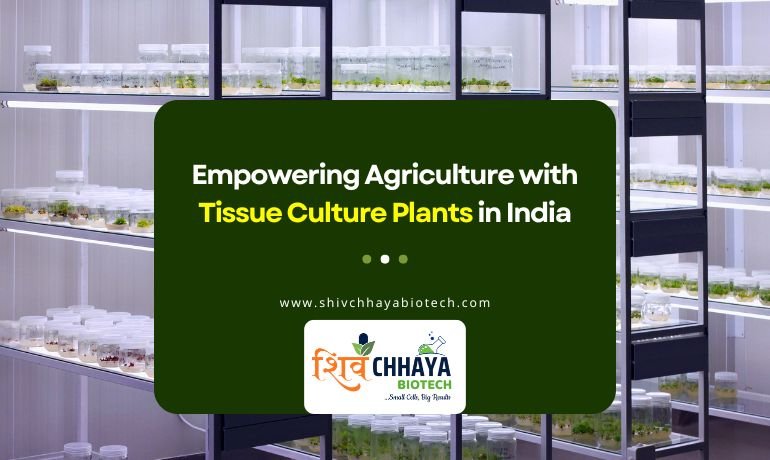Plant tissue culture, a groundbreaking technique in modern agriculture and horticulture, offers a fascinating glimpse into the realm of plant propagation and genetic manipulation. From creating disease-free plants to preserving endangered species, this method has revolutionized the way we cultivate plants. Let’s embark on a journey through the stages of plant tissue culture, exploring its intricacies and applications.
Stages of plant tissue culture growing
-
Initiation:
Plant tissue culture begins with the collection of explants, small sections of plant tissue. These explants are sterilized to eliminate any contaminants and placed in a nutrient-rich medium, where they are induced to form callus, an undifferentiated mass of cells.
-
Multiplication:
In this stage, the callus is subcultured onto fresh media to encourage rapid cell division and proliferation. This multiplication phase allows for the generation of a large number of identical plantlets from a single explant, making it a cost-effective method for mass propagation.
-
Shooting:
Once the callus has multiplied sufficiently, it undergoes a process known as shooting. Hormones are carefully manipulated to stimulate the formation of shoots or buds from the callus mass. These shoots will eventually develop into complete plants.
-
Rooting:
The shoots produced in the previous stage are transferred to a rooting medium, where hormones promote the development of roots. Rooted plantlets are then acclimatized to soil conditions, preparing them for transplantation into the field.
-
Primary Hardening in Greenhouses:
After rooting, the plantlets undergo primary hardening in greenhouses. Here, they are gradually exposed to external environmental conditions, such as sunlight and fluctuating temperatures, to strengthen their tissues and prepare them for life outside the controlled laboratory setting.
-
Secondary Hardening in Shade Net-houses:
The final stage of plant tissue culture involves secondary hardening in shade net-houses. These structures provide partial shade, protecting the young plants from intense sunlight while allowing them to further adapt to natural conditions. Secondary hardening ensures the plants’ resilience and enhances their survival rate upon transplantation.
By mastering the stages of plant tissue culture, researchers and growers can unlock a myriad of benefits, including rapid propagation, disease eradication, and the preservation of rare and endangered species. As technology advances, the applications of tissue culture continue to expand, promising a greener, more sustainable future for agriculture and conservation.
In conclusion, exploring the stages of plant tissue culture uncovers its potential for revolutionizing agriculture and conservation. From initiation to secondary hardening, each phase is vital for cultivating resilient plants. With further research and application, tissue culture offers a pathway to a greener, more sustainable future. Let’s embrace its possibilities and cultivate a world abundant with thriving greenery.
For inquiries about plant tissue culture services and solutions, contact Shivchhaya Biotech at +91 77790 21916 or email us at contact@shivchhayabiotech.com. Our team of experts is dedicated to providing innovative plant propagation techniques tailored to your needs.



